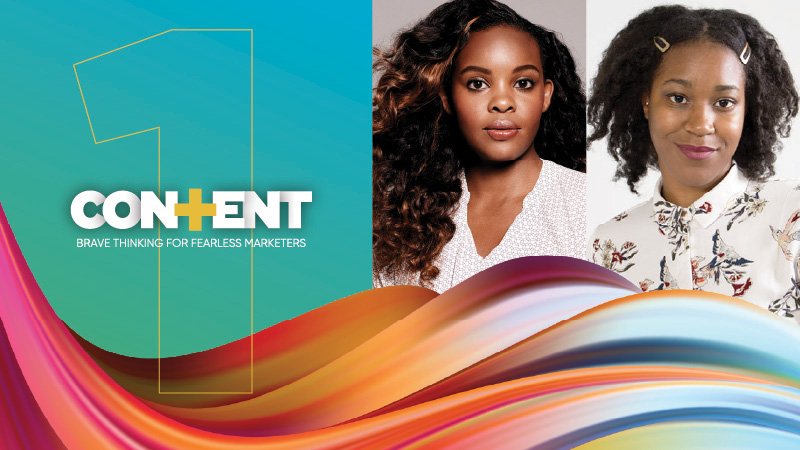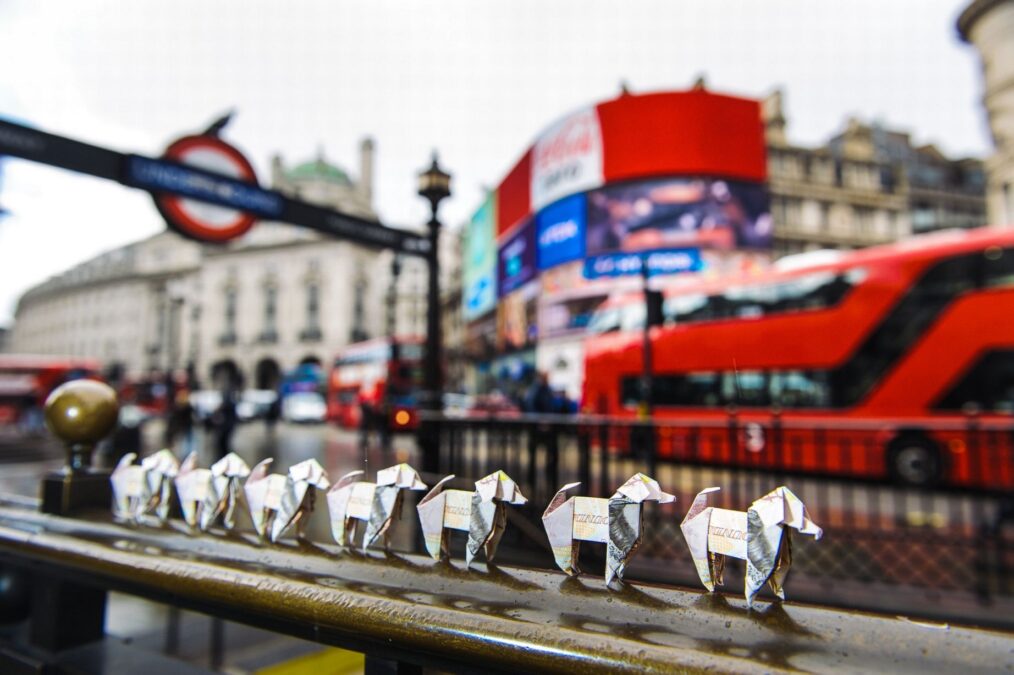Storytelling. Since the beginning of time, we’ve been sharing stories to document our lives, to learn from one another or to inform others.
Although it’s an old concept, more companies are now realizing the value and power of storytelling to promote their brands. Forbes has reported about it. There are all kinds of tips and tricks out there to help marketers do it well. But storytelling is as much an art as it is a science.
Storytelling is our daily bread here at Pace, and so it had to be the theme of our fifth annual conference for marketers, Content +.
Before joining the Pace creative team, I was a journalist and magazine editor. I built my career crafting stories about all kinds of people, from public and elected officials to famous people to everyday, average folks. But the stories that moved me most were about people who were marginalized, misrepresented or overlooked completely. That’s why I was excited to attend the session on inclusive storytelling, “The Humans of Storytelling.” The goal was to provide attendees with a practical road map for achieving more inclusive storytelling. It featured Fredgy Noël, an award-winning director/screenwriter based in Manhattan who is known for her quirky, inclusive and female-driven films that incorporate a balance of narrative and documentary-style techniques. Alongside Noël was Pace’s Brittany Johnson, Associate Creative Director, who spoke about inclusive accessibility as a cornerstone of effective emotional storytelling, while Brian Bowen, Vice President, Head of Production and Executive Producer, moderated.
I’ve always felt that the foundation of effective storytelling is in making connections, and Noël revealed that making connections is a big part of her process too, because once you make those connections, you begin to find commonalities.
“Everyone wants to be loved, to feel safe and to feel respected. If you can create work that allows people to feel this way while watching your work, then you’ve done your job,” she said. “When it comes down to the core, these are the things that we all want, so I always lead with that.”
Human emotions connect us all, and this is evident through her work. Love and loss. Friendships and hardships. Victories and setbacks. These themes are timeless and relatable. Consider the popularity of the Humans of New York series that blew up on social media platforms. It’s the storytelling that’s hooked more than 11 million followers.
Johnson also talked about the importance of revealing the humanity behind data. Using the example of a domestic abuse awareness campaign that Pace worked on with Family Service of the Piedmont, she showed how storytelling makes numbers and statistics more impactful.
I truly believe that numbers plus a human face and personal stories can trigger response and inspire action. I learned, as a journalist, that it wasn’t enough to report that taxes would increase or that a shopping center was planned for a neighborhood. What did that tax increase mean for a family struggling financially? What would a shopping center in the middle of a neighborhood mean for the families living there, and how would it impact their daily lives?
There is a real human story behind every fact and connected to each statistic. And those stories are the ones that create real impact.
A Practical Road Map for Inclusive Storytelling
The most important part of this storytelling conversation with Noël, Johnson and Bowen was about inclusivity in storytelling.
Are your storytelling teams inclusive and diverse?
Are the stories you’re telling inclusive and diverse? Not just in terms of gender, age, race and ethnicity, or sexual orientation, but are your creative teams diverse in thought and skills?
Do the heroes in your stories reflect your audience?
It’s always important to ask ourselves these questions. Diversity is important because audiences—consumers—are diverse.
Takeaways
1. Creating Access to Opportunities
As Johnson explained, there’s a very palpable access barrier in the creative industry, and as a result, it’s important to bring people in who may not otherwise have the opportunity, especially when you’re in a role where you’re able to make those determinations. Noël also expressed this sentiment, and in fact, she tries to extend opportunities to those who may be overlooked because, she explained, “If you don’t have someone seeking you, you won’t get the opportunity.”
2. Honest Representation
Be aware of stereotypes that are perpetuated in television, films and throughout media. “Look at how diverse people are,” Noël said. Your storytelling potential can expand exponentially without resorting to stereotypes.
3. Staying Alert as to Who Is and Isn’t in the Room
This applies from boardrooms all the way to production rooms and everything in between. For instance, Noël curates her creative teams to ensure they are as diverse as possible.
In addition, when it comes to storytelling, be mindful that the perspectives of those whose stories you’re telling are included.
4. Rethink Generalizations
Consider the terms “urban” and “ethnic.” Words carry weight, some more than others. Be mindful of using a word like “urban” as a descriptor because it often doesn’t reflect people of color positively.
5. Building Safe and Brave Spaces
Allow space for real emotion and uncomfortable dialogue. Honest conversations are an essential part of the process. Campaigns like the one Pace did to raise awareness about domestic abuse might require people to share their personal experiences. Creating spaces that make people feel safe and trusted is essential.
As I list the takeaways for this session, I can’t help but think how simple achieving inclusive storytelling actually is. However, theory is always easier than practice, and we all know that inclusivity in all aspects of our lives takes a concerted effort. I hope this blog post helps you reinforce your inclusivity efforts or helps you embark on your inclusive storytelling journey.
Resources to Get You Started …
… So that your creative crew is representative of the stories you want to tell. If you’re in need of diversity in creative resources, here are a few groups to check out: Latinx Design Directory, Black Women Photographers, BIPOC Creative Directory, People of Craft and Array Crew.



